Tech moves fast—stay faster.
Tech moves fast—stay faster.
China Just Switched On the World’s First Thorium Nuclear Reactor—Here’s Why That Matters
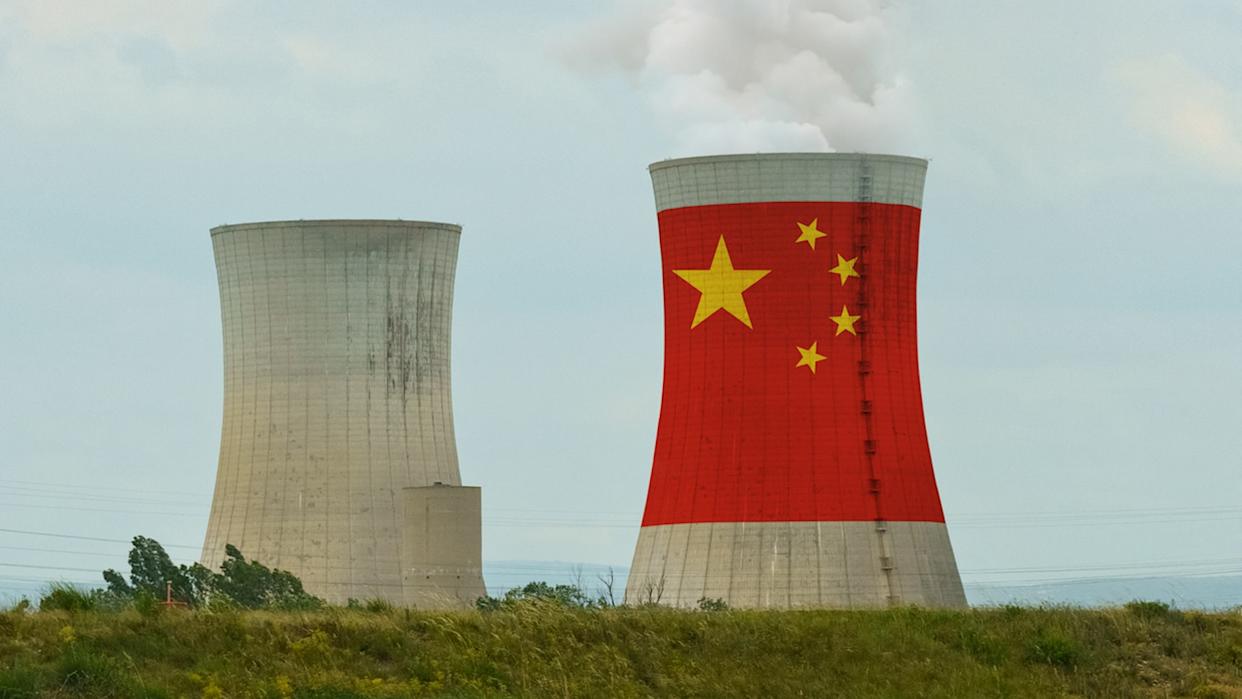

By Farhan Ali • June 23, 2025
China has officially brought online the world’s first functional thorium-based nuclear reactor, ushering in a new era of nuclear energy science. The announcement was made by the Chinese Academy of Sciences, which confirmed the successful operation of a liquid-fueled molten salt reactor in Wuwei, Gansu Province.
What Is Thorium and Why Is It Different?
- Thorium-232 is a weakly radioactive metal three to four times more abundant than uranium.
- It is not fissile on its own, but when bombarded with neutrons, it converts to uranium-233, which sustains a chain reaction.
- Thorium fuel cycles produce less long-lived radioactive waste and are less suitable for weaponization.
- Molten salt reactors operate at atmospheric pressure, reducing the risk of catastrophic core meltdowns.
Key Reactor Specs
- Location: Wuwei, Gansu Province
- Reactor Type: Liquid Fluoride Thorium Reactor (LFTR)
- Power Output (Pilot): 2 MW thermal (scalable)
- Fuel: Thorium-232 dissolved in molten fluoride salts
- Coolant System: Passive air-based heat rejection
- Deployment Goal: Modular, grid-edge energy for western China’s rural provinces

Why This Matters
This is the first time thorium has been used in a continuously operating reactor beyond lab-scale prototypes. The implications are vast:
- Energy Security: Thorium reserves are widely distributed, reducing geopolitical supply concerns.
- Nuclear Safety: Lower core pressure = lower explosion risk.
- Climate Impact: Near-zero carbon emissions, with long-term waste that’s easier to manage.
- Non-Proliferation: Thorium cycles are harder to convert for weapons use compared to uranium or plutonium.
Global Context
- India has long pursued thorium due to its massive reserves but has not reached full-scale deployment.
- Norway and Canada have explored thorium testing via retrofitted light water reactors.
- The U.S. pioneered thorium in the 1960s but deprioritized it due to Cold War-era weapons programs.
China’s decision to commercialize thorium now reflects a growing divergence in nuclear strategy—prioritizing safety, scalability, and innovation over legacy weapons-compatible tech.
Future Plans
According to China’s Ministry of Science and Technology:
- The next target is a 100 MW commercial reactor by 2030
- Thorium-SMR hybrids are being explored for coastal, off-grid, and industrial use
- AI-integrated control systems are being developed to automate thorium reactor regulation and safety monitoring
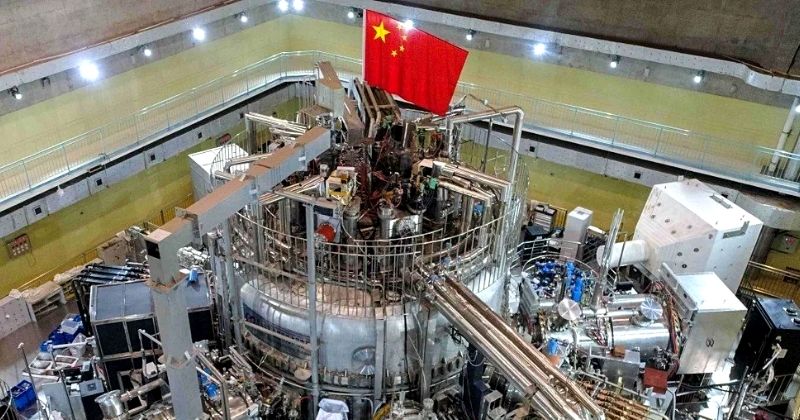
Conclusion
This isn’t just another reactor—it’s a fundamental shift in how humanity might produce power. Thorium offers a nuclear renaissance grounded in safety, abundance, and sustainability. And with China in the lead, the global energy conversation may need to catch up fast.
Additional References:
- World Nuclear News (@worldnuclearnews)
- International Energy Agency (@ieaorg)
- Clean Energy Wire (@cleanenergywire)
- Chinese Academy of Sciences Nuclear Division
- Seasia News Science Desk (@seasia.news)
Explore more
UK’s ARIA Pumps £800M into High-Risk, High-Reward Science—From Robotics to Biofabrication
By Farhan Ali • June 23, 2025 The UK is placing a...
Quantum Leap: Osaka University Scientists Create Cleaner, Faster “Magic States” for Fault-Tolerant Computing
By Farhan Ali • June 23, 2025 In a landmark study, researchers...
Indonesia Eyes Nuclear Partnerships with China and Russia After Discovering Massive Uranium Reserve
By Farhan Ali • June 23, 2025 Indonesia is actively considering partnerships...
China Successfully Tests Brain-Computer Interface, Becomes 2nd Nation in BCI Race
By Farhan Ali • June 23, 2025 China has become the second...





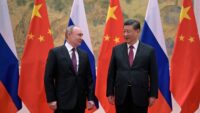




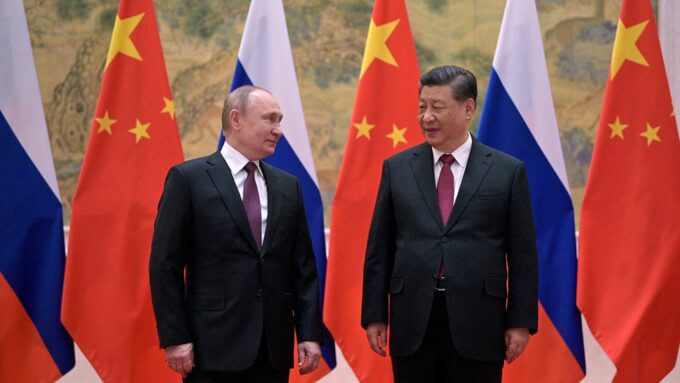


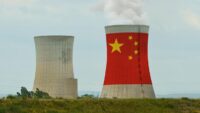

Leave a comment